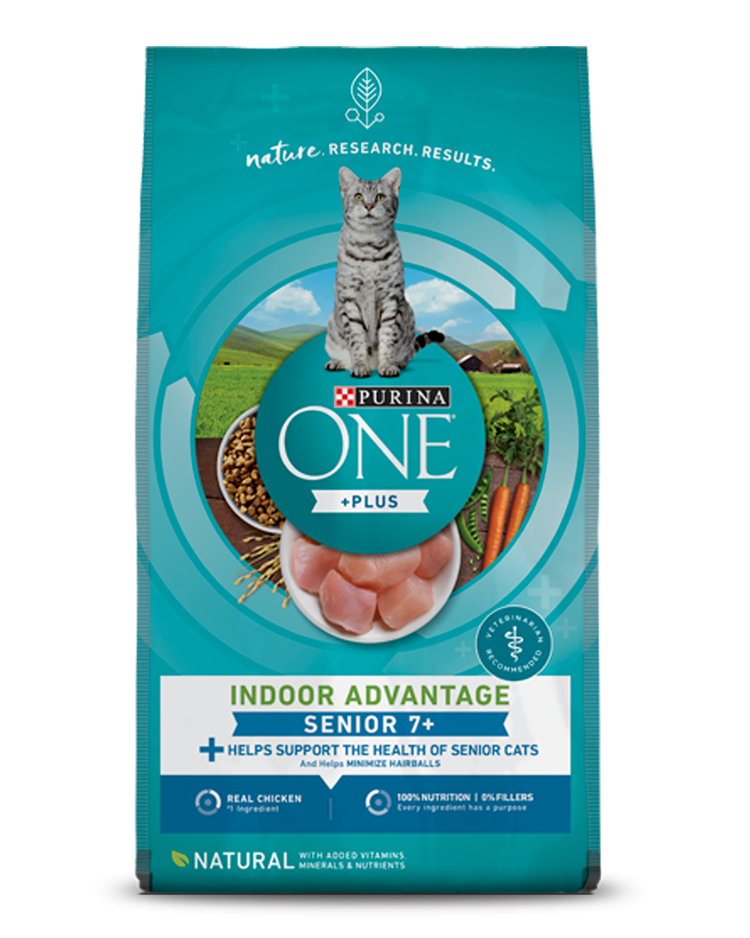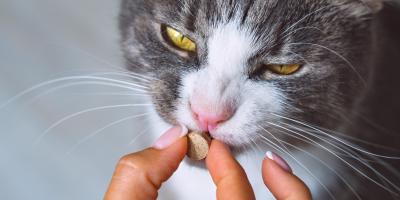As your cat ages, they may become less active and sleep more.
While your pet may be in overall great shape for their age, it’s important to look out for any signs of cat arthritis and other joint problems, which can be very uncomfortable.
What is Arthritis in Cats?
Cat arthritis is a condition that occurs as joints naturally age. The cartilage material between the bones deteriorates and becomes less flexible. This causes the bones to rub together, resulting in stiffness and pain.
What Causes Arthritis in Cats?
Arthritis in cats is caused when damage occurs to your cat’s joints, making movement painful. While it’s more common in older cats, younger felines can also get arthritis from an injury to or infection in the joint.
The most common type of arthritis in cats is osteoarthritis, which happens as a result of repeated wear and tear of joints. It can also develop as a result of a previous injury.
Symptoms of Arthritis in Cats
Cats that suffer from joint problems such as arthritis (also known as degenerative joint disease or DJD) can exhibit symptoms of lameness, and may have difficulty climbing or jumping onto furniture, grooming themselves or accessing the litter box.
There are four main cat arthritis symptoms to look out for:
1. Changes in Movement
- Decrease in movement, e.g., your cat is less likely to jump onto furniture that is out of reach
- Difficulty in climbing or descending stairs
- Fatigue or a lack of interest in exercise
- Leg stiffness (watch your cat’s movement after they wake up, as signs of stiffness or lameness may be more evident after a long period of inactivity)
2. Decreased Activity
- Increased rest and sleep. They might also lie down in different areas that are easier to access.
- Less play and exploration
3. Changes to Grooming Habits
- Grooming may decrease. This can result in a dirty or unkempt coat that might appear matted.
- Overgrooming areas that are in pain, such as an area over a particular joint. This could lead to hair loss.
4. Mood Changes
- Irritation over being handled
- Preference for more time alone
- Avoidance of new people and animals
Diagnosis of Cat Arthritis
If your cat demonstrates symptoms of arthritis, take them to your veterinarian for a diagnosis. They will conduct a thorough clinical examination to check for cat arthritis, which involves moving the joint to observe any stiffness, pain and grating.
Your veterinarian may also conduct X-rays to check for changes in your pet’s joints and bones and to monitor the overall progression of your cat’s arthritis. Additionally, they might conduct a blood test or a joint fluid analysis to ensure the issue isn’t related to an infection.
Cat Arthritis Treatments
While there’s no permanent cure for arthritis in cats, you can try to slow progression of the disease and improve your cat’s quality of life.
Treatments can help reduce their symptoms and associated pain. Speak to your veterinarian about possible treatment options, but they may include:
1. Diet
The first consideration may be your cat’s diet. This is good for the long term as it can help to improve movement and make your pet more active over time.
Ask your veterinarian for recommendations, but arthritic cats can benefit from senior cat food with added minerals and vitamin D to promote healthy bones and improved mobility.
2. Weight Management
If your cat is overweight, it can make their arthritis worse as it puts stress on already painful joints. The best way to reduce their weight is with a healthier diet and exercise.
Consult your veterinarian before exercising a cat with arthritis; they can help develop a suitable exercise routine. Excitable activity and play should be avoided, as this could make arthritis in cats become painful.
3. Cat Arthritis Medication
Prescription medications such as anti-inflammatories and pain killers can help improve your cat’s quality of life. These medications offer immediate relief while you set up a long-term management plan.
Be sure that you provide medications prescribed by a veterinarian and specifically designed for cats. Human arthritis medication may be toxic.
4. Cat Arthritis Supplements
Sometimes cat joint supplements can be effective in treating arthritis. These include essential fatty acids, glucosamine, cod liver oil and chondroitin. Again, do not give your cat supplements for human consumption.
Usually, a combination of options is the most effective way to help with cat arthritis, but it’s always best to consult your veterinarian to help you develop a personalized treatment plan.
Cat Joint Care at Home
If your cat has been diagnosed with joint problems or cat arthritis, there are a few things you can do to make their life a little easier:
- Make sure litter boxes, beds and everything they need is easily accessible.
- Provide steps to places they could previously jump up to, making sure that they can still continue to enjoy their favorite spots.
- Groom them more often and focus on areas that are hard to reach.
- Give your cat plenty of space if they don’t want to play.
Cats with arthritis may have some special needs, but with proper care and treatment, you can minimize their pain and ensure they continue to feel loved.
For more feline health tips, check out our cat health articles for advice from our experts.

Be Rewarded for Your Purina Purchases
Earn and redeem points for Purina products with myPurina app.






